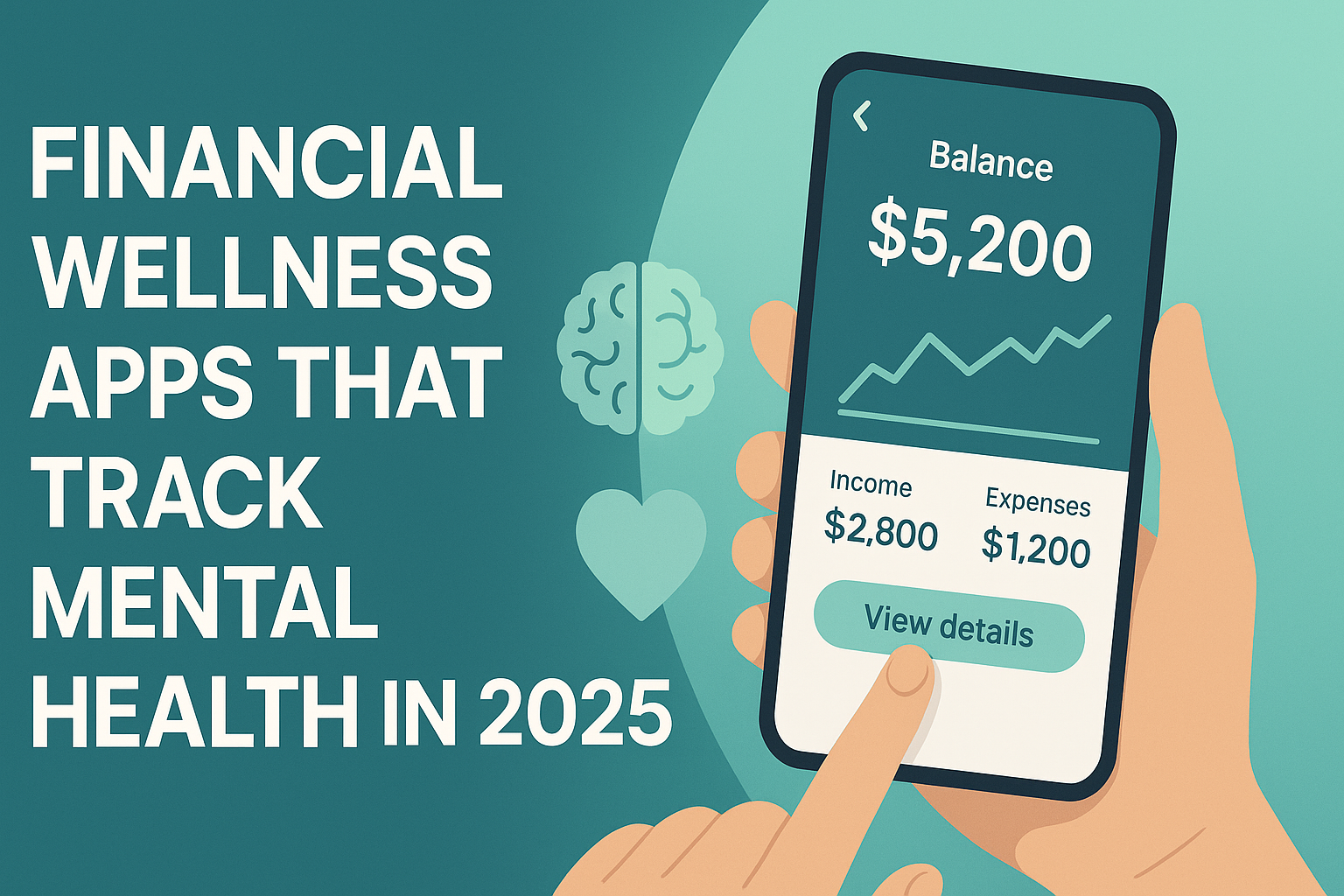Sea, Grab, and GoTo are reshaping Southeast Asia’s financial future — and redefining what it means to be a tech company
Southeast Asia’s tech sector may be small in size, but it’s rapidly growing in impact — and much of that growth is coming from an unlikely source: financial services.
Once known for ride-hailing, e-commerce, and mobile games, companies like Sea, Grab, and GoTo are now evolving into fintech juggernauts. By integrating banking, lending, insurance, and payments into their platforms, they’re not just diversifying — they’re disrupting traditional finance in one of the world’s most promising emerging markets.
In 2025, this shift is creating serious momentum. The question for investors, entrepreneurs, and policymakers alike is clear: Are we witnessing the future of finance being built right now in Southeast Asia?
Background & Context: From Apps to Ecosystems
Although tech companies make up just under 3% of the total revenue on the Southeast Asia 500 list, their influence is outsized — especially when you consider their growth rates.
Sea Limited jumped five places to No. 15, with revenues hitting $16.8 billion — a 30% year-over-year increase.
Grab surged 24 spots to No. 128, posting $2.8 billion in revenue.
GoTo, the Indonesian super app, rose 13 ranks, passing the $1 billion mark.
At the heart of this growth? Financial services. Each of these companies has moved aggressively beyond their core offerings to build new digital banking and lending ecosystems, unlocking new revenue streams and deepening engagement with millions of users.
Deep-Dive Analysis
Sea’s Financial Arm “Monee” Becomes a Growth Engine
Sea’s transformation into a fintech leader is clearest in its rebranded financial division, Monee. Once an e-commerce and gaming firm, Sea now earns a growing slice of its revenue from credit, insurance, and digital banking.
In Q1 2025, Monee’s revenue hit $787.1 million, up 57.6% year-over-year.
Its total consumer loans outstanding climbed to $5.8 billion, a 76.5% increase from the previous year.
Monee now spans SME lending, digital insurance, and consumer credit, proving that fintech can scale faster — and more efficiently — when built on top of high-engagement platforms.
Grab’s Fintech Flywheel Is Accelerating
Grab started with food and rides. Now it’s becoming a full-stack financial platform.
Its financial services unit posted $253 million in revenue last year — a 44% annual increase.
In Q1 2025, that growth continued at 36% year-over-year.
Loan disbursements totaled $566 million, up 56% from the previous year.
By offering loans to drivers and merchants, Grab is creating a closed-loop ecosystem where users earn, spend, and borrow — all within its platform. With licensed digital banks in Singapore and Malaysia (GXS Bank and GX Bank), Grab is positioning itself as a regional fintech leader.
GoTo’s Strategy: Inclusion Through Innovation
GoTo, born from the Gojek-Tokopedia merger, is taking a different route — one that prioritizes financial access.
Its standalone app GoPay is designed for low-data users, expanding reach to lower-income demographics and rural areas.
A 22% ownership stake in Bank Jago allows it to offer integrated digital banking tools within GoPay.
The company’s fintech strategy hinges on mobile-first, user-friendly financial products, positioning it for massive growth among Southeast Asia’s underbanked population.

Why Financial Services Are the Next Frontier
The fintech pivot by Sea, Grab, and GoTo isn’t just about diversification. It’s about solving real problems in Southeast Asia:
Over 70% of adults in some countries remain underbanked or unbanked.
Smartphone penetration is soaring, making mobile-based finance the fastest way to scale.
Digital wallets are becoming the default payment method for everything from taxis to tuition.
At the same time, governments are encouraging innovation through regulatory sandboxes, digital banking licenses, and open banking frameworks.
That creates an environment where tech companies — with their user data, loyalty, and distribution power — are uniquely equipped to win.
Key Takeaways & Actionable Insights
Southeast Asia’s fintech boom is full of opportunities, but it also demands strategic awareness. Here’s what to watch:
Fintech is the new moat: Companies with large user bases and high engagement have a built-in advantage when launching financial services.
Digital banking is moving faster in emerging markets: Unlike the West, where legacy systems slow innovation, Southeast Asia is leapfrogging into mobile-first finance.
Cross-sector convergence is here to stay: The line between “tech company” and “financial institution” is blurring — and that’s good for both innovation and inclusion.
SMEs and microloans are a massive market: Expect continued investment in lending platforms tailored for small businesses, gig workers, and mobile-first entrepreneurs.
Conclusion & Call to Action
Sea, Grab, and GoTo aren’t just tech companies anymore — they’re ecosystem builders, using financial services to expand revenue, deepen user relationships, and reshape Southeast Asia’s economic future.
Their success offers a blueprint for how platform businesses everywhere — from Latin America to Africa — might evolve next.
But this transformation also raises big questions: Who regulates these hybrid firms? How will traditional banks respond? And what role will global investors play in backing this shift?
One thing is certain: the future of finance in Southeast Asia is being written by its tech sector — and the rest of the world should be paying close attention.
Stay tuned to The Evolving Post for more smart, actionable updates that impact your money and your future — because understanding the system is the first step to changing your financial story.
While this analysis is based on thorough research, it is for informational and educational purposes only and should not be considered financial advice.








